

Breaking the Fourth Wall’s title references a collection of characteristics found within this episode. On its most elemental of levels, it’s alluding to the mockumentary style perched at the centre of this episode. We’re firmly in Modern Family (2009-2020) territory here. Considering this type of sitcom boomed to staggering heights after the Office (2001-2005 and 2005-2013), it’s little wonder the show’s creators chose this subgenre when it came to tackling the format in its contemporary form. In standard mockumentary style, WandaVision’s seventh chapter frequently cuts to members of the cast addressing a supposedly real camera operator to narrate their thoughts and feelings. Interviews of this sort function both as an exposition narrative, not to mention a way of authenticating the faux-documentary style.
Over the years, the likes of Ricky Gervais, Stephen Merchant, Gregg Daniels and Steven Levitan have mastered this style to the point in which the style has become barely noticeable to viewers at home. It’s more of an aesthetic than it is a parody these days; offering up new ways to deliver narratives to audiences. All of which frequently makes this subgenre a simple task, except this isn’t the case. Fluid camera movement, rapid editing techniques, juxtaposition of narration with character actions and abundant use of improv to punctuate an episode make this the sort of sitcom that needs a lot of highly knowledgeable people to be working on the same page as one another. A lot of plates need to be spinning for all of this to come together without appearing heavy handed. The complexity of the sitcom genre has grown more intricate throughout the decades. 60s era comedy utilised fixed studio sets, cameras and recurrent castmebers, essentially delivering a theatrical performance with the edit bonus of it being recorded. Jokes operated as one-liners, signalled as comedy by an audience who laughed along with them. Everything from the directorial style to the writing were mechanical and clear-cut. A formula could be applied, and while they ran the risk of growing stale real quick, there was a uniformity which allowed homages to be executed with great efficiency. As the decades progressed, however, sitcoms evolved considerably. Ditching the laugh track, adopting more visual and satirical jokes which branched beyond the linear confines of one-liners, location shooting and adding more layers to narratives upped the stakes.
The mockumentary is the peak of this progression, and therefore the most difficult of the eras for WandaVision to pull off. In some respects, this shows. Out of all the attempts to recreate a sitcom world, this one was perhaps the most heavy handed approach yet. That’s not to say it was terrible, just a little distracted from its own goal. The mockumentary-style camera movements and interviews are all there, but they are few and far between. Sometimes it feels as though they’ve only been put in under a sense of obligation more than anything. Wanda, Vision and co will break the fourth wall from time-to-time to offer their ten cents worth, only it doesn’t feel natural to the story. Having said all this, there are a number of reasons as to why this might be the case; both in a logistic and narrative sense.
To start, the mockumentary in Breaking the Fourth Wall isn’t so much about recreating a genre for the heck of it, but as a means of bridging two realities together. It’s the interspersed mock-interviews at the heart of the mockumentary subgenre which relates to the episode’s title on its most basic level. Having Wanda communicate her inner thoughts and actions while utilising this storytelling mechanic allows us to peek inside her head, offering a perspective previous versions of the series have not yet allowed. Whereas we have learned over the weeks that she’s aware of the world beyond the hex, for the most part, she’s been operating in a state of semi-denial. For her to face the camera and confess that she’s doing all this as a means of animating her deceased boyfriend feels like a step toward uncovering the wider mystery driving this story forward. By directly addressing the camera and referencing the world beyond the hex interlaces the two worlds together in a way they quite haven’t been before. Previous episodes have behaved as though both realities are at war with one another; battling it out to usurp the other. Except here, they start to co-exist. As Wanda talks about extending the boundaries of the hex in order to save Vision, the camera cuts to footage of last week’s climax. Jumping to other scenes as the voiceover plays out is a common trope in mockumentary sitcoms, except what makes it so interesting here is it’s cutting to footage from the ‘other’ reality; the one firmly positioned in the realm of the MCU. The narrative style of the mockumentary allows the borders of these two realities to marry up in a way they haven’t quite done so to date.
Another reason as to why this episode might not be as dedicated to fashioning a mockumentary from start to finish relates to how much is going on in the story. We’re now seven episodes into a nine-part series. In terms of story, we’re getting up there now. Whereas the opening three episodes committed to the pseudo sitcom more or less from start to finish, a lot has happened since then. The sitcom and the MCU have firmly bled into one another by this point. You have Darcy and Rambeau both consciously infiltrating the hex; Vision is entirely aware that his world is built upon a lie of cosmic proportion; and Wanda’s even at a point now where she’s noticing sinister going on at her neighbours house. Everything is quickly hurtling toward a conclusion. Last week saw the series take something of a breather to take one last gander around the themepark of televisial yesteryear; this week, WandaVision can’t really afford to do so. It’s far too busy returning to its old tricks of reinventing the playing field it’s performing on.
Where all this is headed is yet to be established. We now know that Agnese is behind all the skullduggery kicking off (a twist I remained largely oblivious to, despite her nonchalant toward rapidly-aging children, not to mention her idiosyncratic behaviour during last week’s episode); We also know that X-Men’s Pietro is still knocking about this strange sub-reality; Rambeau now has superpowers that she’ll likely be taking into the Captain Marvel sequel, Darcy and Vision have teamed up to put an end to whatever’s happening; and various easter eggs hinting at a Fantastic 4 cameo continue flashing up in the strangest of places. It’s likely a large number of these twists and easter eggs will no doubt be played out in upcoming features and TV shows, but regardless of whether everything pays out here or elsewhere, the final two chapters of the WandaVison saga still have a lot of loose ends to tie up.
It’s been a wild ride this far. The series has taken us on a ride through recent television history; hurled us between realities; flirted with the concept of a Marvel multiverse; hidden tricksters under our noses; and dropped a few cheeky hints at what’s to come in Marvel’s fourth phase. Breaking the Fourth Wall takes all that chaos and uses it to thrust us into the endgame. We’ve got a few more tales to go before we’re fully out of the dark, yet it feels as if something big is lurking just around the corner.



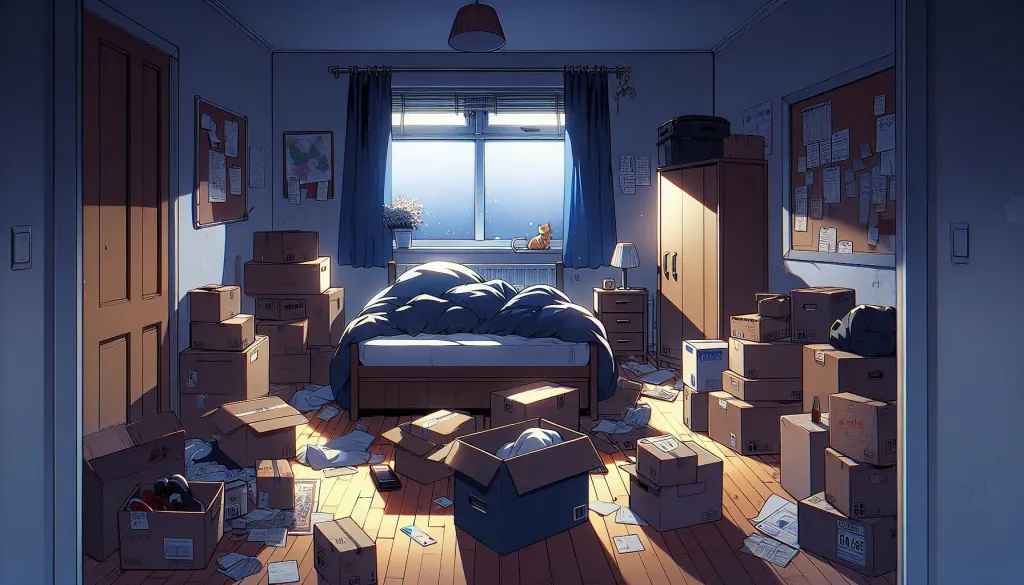
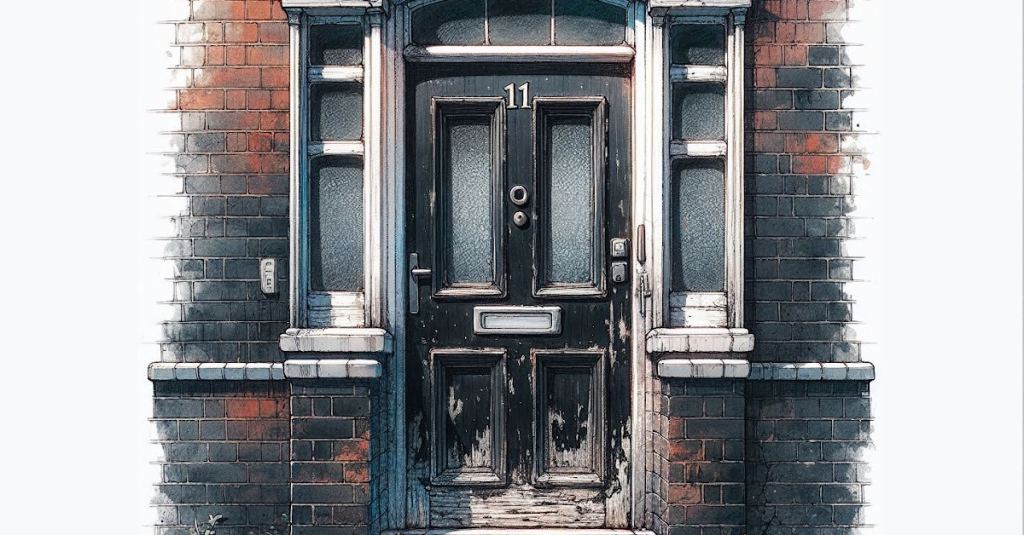
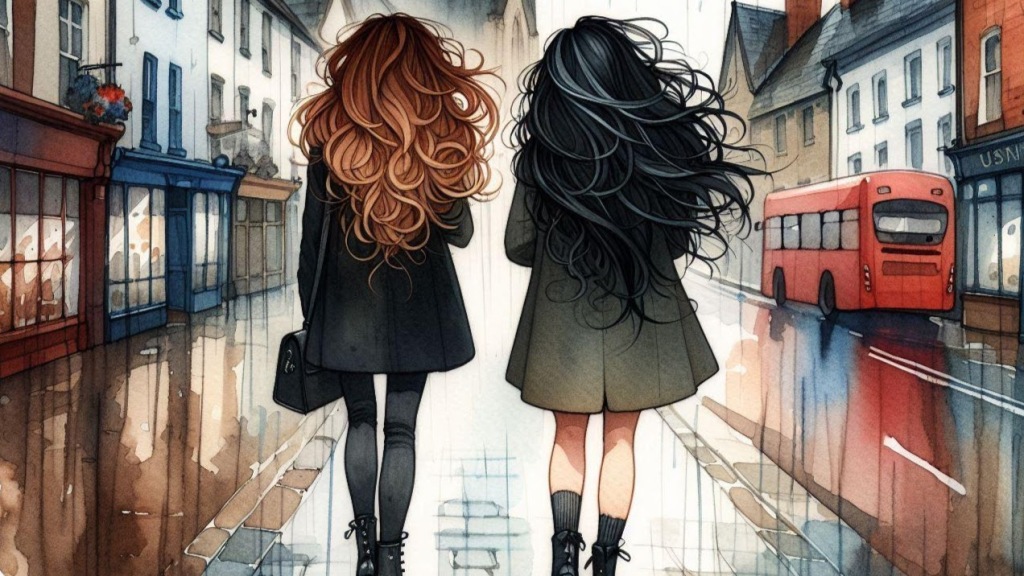
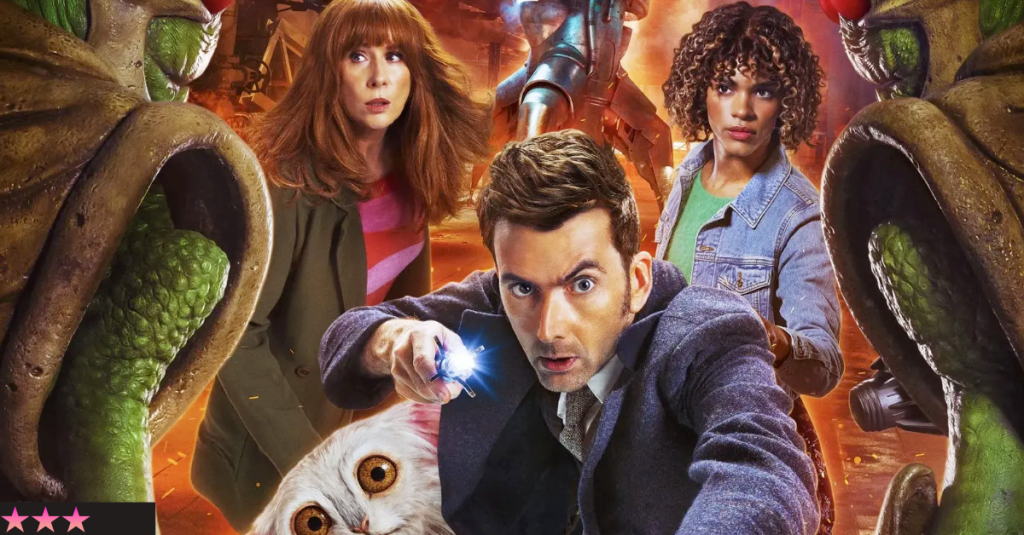
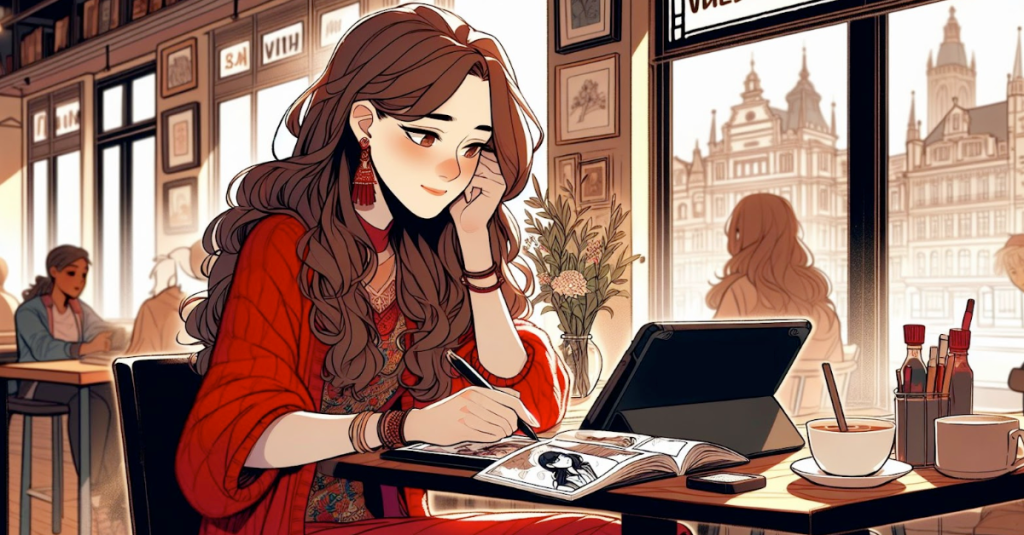

You must be logged in to post a comment.